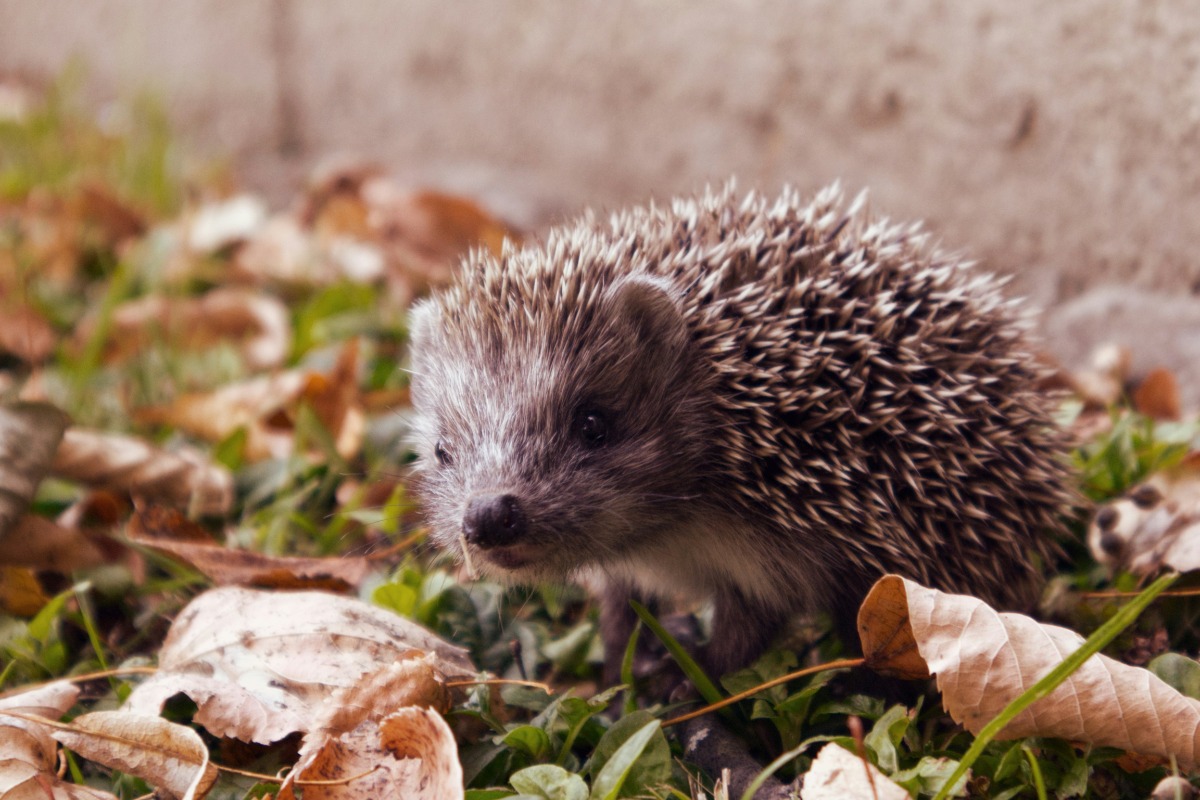
What makes a safe and suitable nest site
Not every hiding place is a good nest. For a hedgehog to survive and thrive, a nest site must meet very specific conditions. Understanding these helps us design shelters that truly support hedgehogs in the long term.
Temperature stability
Hedgehogs are sensitive to extreme temperatures.
- In cold climates, nests must stay insulated during hibernation so the animal does not freeze or use too much energy.
- In hot climates, nests must stay cool and shaded to prevent overheating.
- In all regions, stable temperatures inside the nest reduce stress, conserve energy, and increase survival chances.
Natural materials, soil covering, and plant layers all help regulate nest temperature, which is why a well-insulated structure like the Hedgehog Dome works better than a simple wooden box.
Predator protection
Hedgehogs face threats from natural predators such as foxes and badgers, as well as domestic pets like dogs. A suitable nest must therefore be:
- Hidden and camouflaged, blending into the environment.
- Difficult to access, with a narrow tunnel or entrance that larger animals cannot reach through.
- Sturdy and stable, so it cannot be easily dug up, broken, or exposed.
The safer the nest, the more likely a hedgehog is to stay and raise young there.
Food availability nearby
Even the best nest site will not be used if there is no food in reach. Hedgehogs need to forage every night for insects, worms, and other invertebrates. That means a good nest location is:
- Close to rich feeding grounds, such as hedgerows, meadows, log piles, or biodiverse gardens.
- Part of a connected landscape, with safe passages to move between feeding areas.
- Low in chemical use, since pesticides and herbicides reduce insect numbers and poison food sources.
When food is nearby, hedgehogs can spend less energy traveling and more on building reserves, raising young, or surviving hibernation.